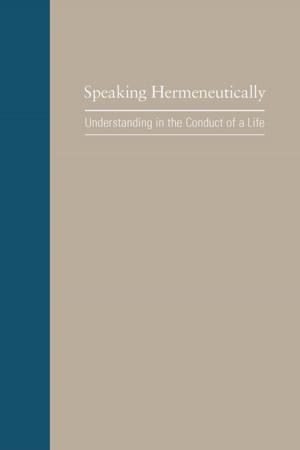Jewish Sanctuary in the Atlantic World
A Social and Architectural History
Nonfiction, Religion & Spirituality, Judaism, History, Jewish, Art & Architecture, Architecture| Author: | Barry L. Stiefel | ISBN: | 9781611173215 |
| Publisher: | University of South Carolina Press | Publication: | March 11, 2014 |
| Imprint: | University of South Carolina Press | Language: | English |
| Author: | Barry L. Stiefel |
| ISBN: | 9781611173215 |
| Publisher: | University of South Carolina Press |
| Publication: | March 11, 2014 |
| Imprint: | University of South Carolina Press |
| Language: | English |
Jewish Sanctuary in the Atlantic World is a blend of cultural and architectural history that examines Jewish heritage as it expanded among the continents and islands linked by the Atlantic Ocean between the mid fifteenth and early nineteenth centuries. Barry L. Stiefel achieves a powerful synthesis of material culture research and traditional historical research in his examination of the early modern Jewish diaspora in the New World. Through this illustrated work, Stiefel examines forty-six synagogues built in Europe, South America, the Caribbean Islands, colonial and antebellum North America, and Gibraltar to discover what liturgies, construction methods, and architectural styles were transported from the Old World to the New World. Some are famous—Touro in Newport, Rhode Island; Bevis Marks in London; and Mikve Israel in Curaçao—while others had short-lived congregations whose buildings were lost. The two great traditions of Judaism—Sephardic and Ashkenazic—found homes in the Atlantic World. Examining buildings and congregations that survive, Stiefel offers valuable insights on their connections and commonalities. If both the congregations and buildings are gone, the author re-creates them by using modern heritage preservation tools that have enriched our understanding of the past, tools from such diverse sources as architectural studies, archaeology, computer modeling and rendering, and geographic information systems—all of which, when combined, can bring an even richer understanding of the past than incomplete, uncertain traditional historical resources. Buildings figure as key indicators in Stiefel’s analysis of Jewish life and social experience, but the author’s immersion in the faith and practice of Judaism invigorates every aspect of his work.
Jewish Sanctuary in the Atlantic World is a blend of cultural and architectural history that examines Jewish heritage as it expanded among the continents and islands linked by the Atlantic Ocean between the mid fifteenth and early nineteenth centuries. Barry L. Stiefel achieves a powerful synthesis of material culture research and traditional historical research in his examination of the early modern Jewish diaspora in the New World. Through this illustrated work, Stiefel examines forty-six synagogues built in Europe, South America, the Caribbean Islands, colonial and antebellum North America, and Gibraltar to discover what liturgies, construction methods, and architectural styles were transported from the Old World to the New World. Some are famous—Touro in Newport, Rhode Island; Bevis Marks in London; and Mikve Israel in Curaçao—while others had short-lived congregations whose buildings were lost. The two great traditions of Judaism—Sephardic and Ashkenazic—found homes in the Atlantic World. Examining buildings and congregations that survive, Stiefel offers valuable insights on their connections and commonalities. If both the congregations and buildings are gone, the author re-creates them by using modern heritage preservation tools that have enriched our understanding of the past, tools from such diverse sources as architectural studies, archaeology, computer modeling and rendering, and geographic information systems—all of which, when combined, can bring an even richer understanding of the past than incomplete, uncertain traditional historical resources. Buildings figure as key indicators in Stiefel’s analysis of Jewish life and social experience, but the author’s immersion in the faith and practice of Judaism invigorates every aspect of his work.















